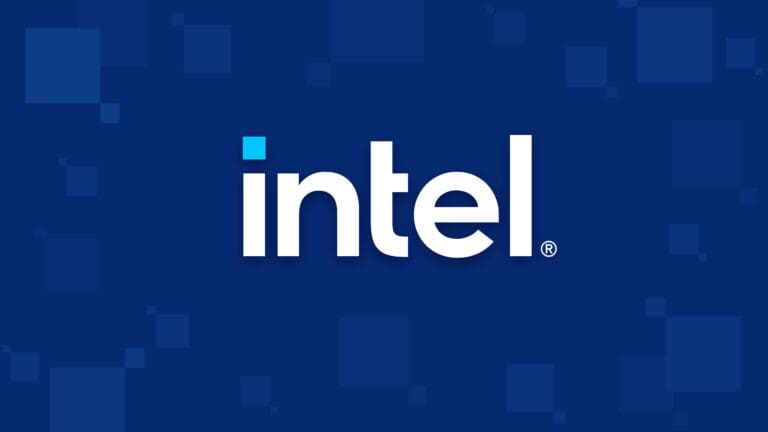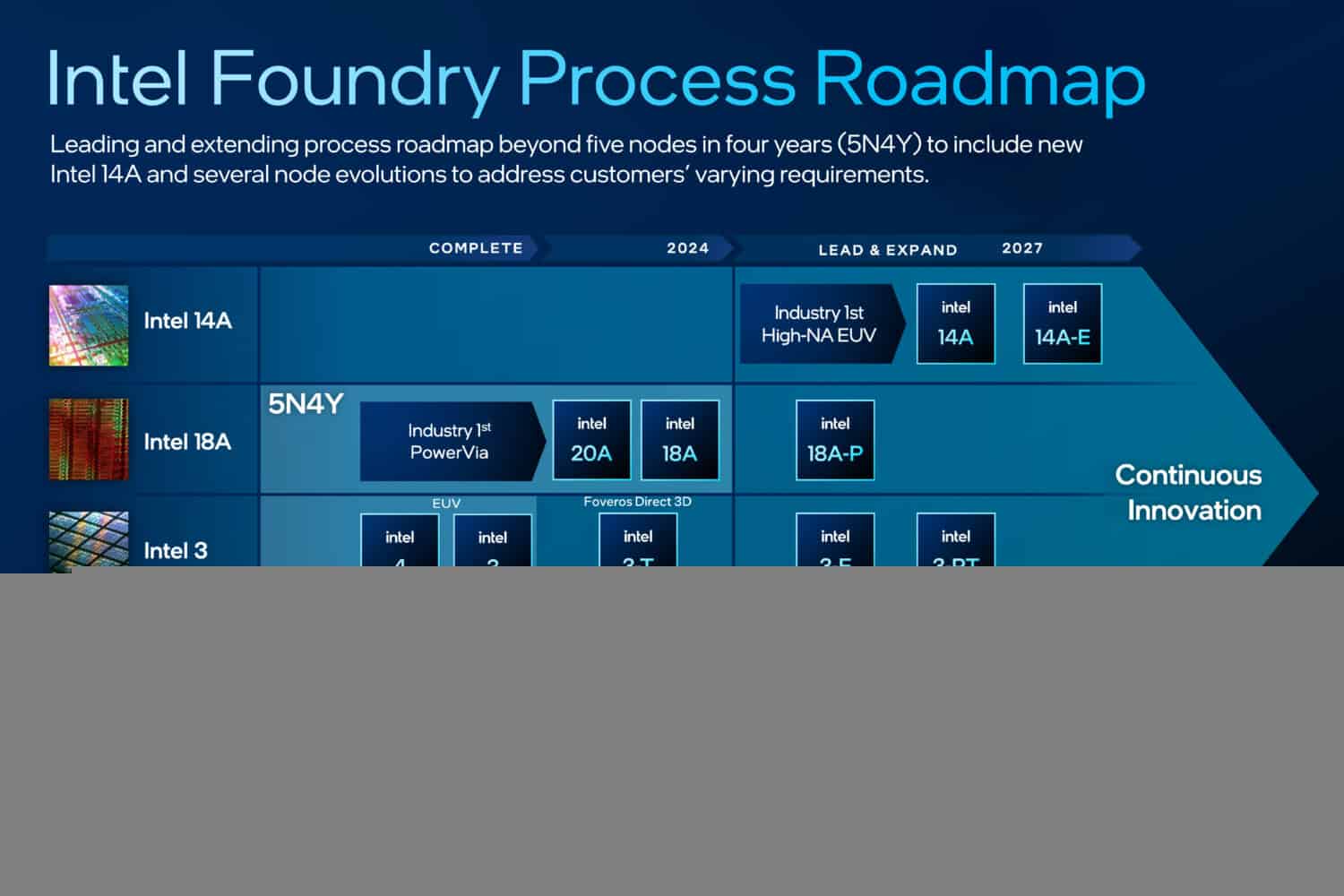Intel confirmed a deal worth over 15 billion dollar with Microsoft this week and is the first to receive ASML’s latest equipment. Through its relaunched Foundry service, Intel will produce third-party chips, while a new roadmap also maps out Intel’s resurgence in terms of its own offerings. It appears that good times are ahead for the company.
Microsoft will have Intel manufacture its own chip design, CEO Satya Nadella confirmed. It was easily the biggest news to come out of the Intel Foundry Direct Connect event. The deal, which Intel says is worth more than 15 billion dollar, will contribute significantly to its goal of becoming the world’s second-largest chip manufacturer.
Microsoft’s processors will be made on the Intel 18A process, which should be production-ready in the second half. The exact nature of these chips is still unknown. Microsoft spoke of an “exciting platform shift” for the “entire industry,” but did not disclose whether this is a chip for cloud workloads akin to the likes of an AWS Graviton or one aimed at end-user devices. Either way, the new chip can exploit Intel innovations like PowerVia power delivery, a new way to power processors. In theory, this offers higher efficiency and greater transistor density.
New plans, old problems solved
The deal fits perfectly with Intel’s rhetoric these days. The ambitious plan to become a leader in the chip industry once more in a short period of time was introduced a few years ago with “five nodes in four years” (5N4Y for short). It’s a promise that the company, under the leadership of CEO Pat Gelsinger, seems to have delivered on. While Intel once was stuck making new processors on the outdated 14nm process for years, AMD, Nvidia and others could already move to much more efficient nodes from TSMC and Samsung. A lightning-fast catch-up has now followed, one that wouldn’t have been required had Intel made different choices in the past.
Indeed, this issue was largely caused by Intel not believing in the maturity of ASML’s EUV lithography a decade ago, allowing competitors like TSMC and Samsung to buy ASML scanners en masse. Keen to not make the same mistake twice, Intel made its intentions known early when it came to ASML’s High-NA EUV scanners, which represent the next evolutionary step within the chipmaking industry. It is now the first to have a test machine in-house, aiming to achieve mass production in a few years.
Tip: ASML makes good on its promise: first High-NA EUV scanner heads to Intel
14A process between 2024 and 2027
Currently, Intel uses several manufacturing nodes, including its own Intel 4 and Intel 3, as well as TSMC’s 5nm process. On laptops with Intel Core Ultra chips, the company combines these different nodes by building a chip with “tiles”. These new processors are inherently modular, allowing Intel to innovate significantly faster, in the process becoming more similar in architecture to Apple Silicon chips. Given the resounding success Apple managed to achieve in a short time with this strategy, it is not a wild guess by Intel.
From conversations with Intel, however, we understand that Intel itself does not intend to keep these innovations to itself. Although Intel Foundry (formerly Foundry Services) operates as an autonomous unit within the company, its ties to Intel proper should be especially beneficial to partners like Microsoft. Intel Foundry might also have already brought in Nvidia, too, although that has not been officially confirmed. Either way, that wouldn’t be too surprising anymore, now that the Foundry service can take advantage of Intel’s leadership in chip manufacturing again.
Also read: ‘300,000 extra Nvidia chips per month thanks to Intel deal’

